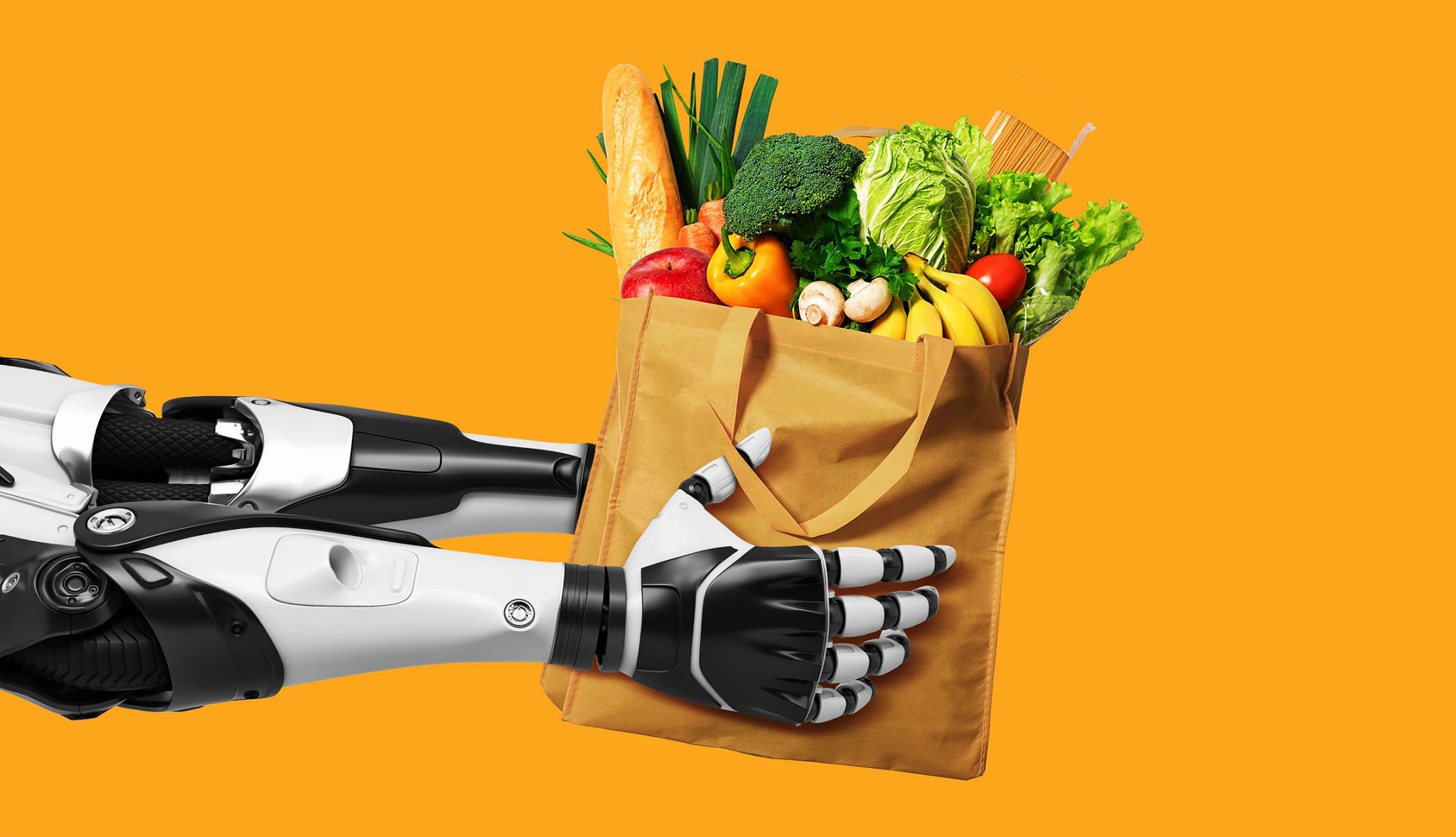AARP Hearing Center


Older adults may remember a time when their local grocer knew their name, saved them the best peaches and hand-wrote the week’s promotions on a chalkboard. Alas, those days are gone — and grocery stores are getting a high-tech makeover.
Supermarkets across the country are embracing technologies that make grocery shopping more seamless, convenient and personalized, especially for loyal shoppers.
The grocery store tech boom started in metro areas and happened seemingly overnight. Now it’s expanding at a quick clip to supermarkets in the suburbs and exurbs.
“We’re going to see more and more change faster and faster,” says Gary Hawkins, CEO of the Center for Advancing Retail and Technology. He attributes the wave of new grocery-shopping technology to significant improvements in computer processing power, data and artificial intelligence.
Naturally, some of us may just want to buy our milk and eggs the old-fashioned way, without having to master yet another new gadget or mobile app. But when implemented correctly, supermarket technology doesn’t have to be disruptive or require a computer science degree, says Sushant Warikoo, head of the retail business unit at Cognizant, a technology and professional services consulting firm.
“It should be frictionless and intuitive because when technology becomes the goal, you fail,” he says. “When [consumer] experience is the goal, you win.”
Grocery store apps already make it easier for older shoppers to take advantage of discounts, but supermarkets aren't stopping there. Below are nearly a dozen cutting-edge technologies you might experience on your next grocery outing. If you’re hesitant to try them out, ask for help from a grocery store clerk or take a tech-savvy shopping buddy along for the ride, suggests Kelly Steelman, an associate professor of psychology and human factors at Michigan Technological University.
1. Smart carts
A smart cart is your grocery list, store map, coupon book and checkout register all rolled into one. These high-tech carts feature wireless radio-frequency identification (RFID) sensors, barcode scanners and digital touchscreens that can guide you to the items on your list, display information about products, suggest recipes, calculate your total bill in real time, highlight deals tailored to you and even allow you to pay without waiting in line. It’s like having a personal assistant on wheels who doesn’t judge your candy aisle detour.
2. Scan-and-shop tools
These systems allow you to use your smartphone or a store-provided device to scan items as you shop, bag them directly in your cart and check out with the tap of a button. That means less waiting in line, no more lifting groceries on and off the conveyor belt at the register and a smoother overall checkout experience. Your knees and back will appreciate it.
3. Computer vision shopping
Amazon Go pioneered Just Walk Out technology, but now even small grocers and convenience stores like Hudson News are catching on by using similar services like AiFi and Cloudpick. You grab what you need, sensors and cameras track your haul, and the total is automatically charged to your credit or debit card when you walk out.


































































More From AARP
Grocery Store Etiquette: Avoid These Mistakes
Mind your manners with these grocery shopping tipsSmart Ways to Cut Your Grocery Costs
6 frugal ways to save money on your grocery billGrocery Staples to Buy on Sale and Save
If they store well or freeze well, jump at the chance to buy at a discount